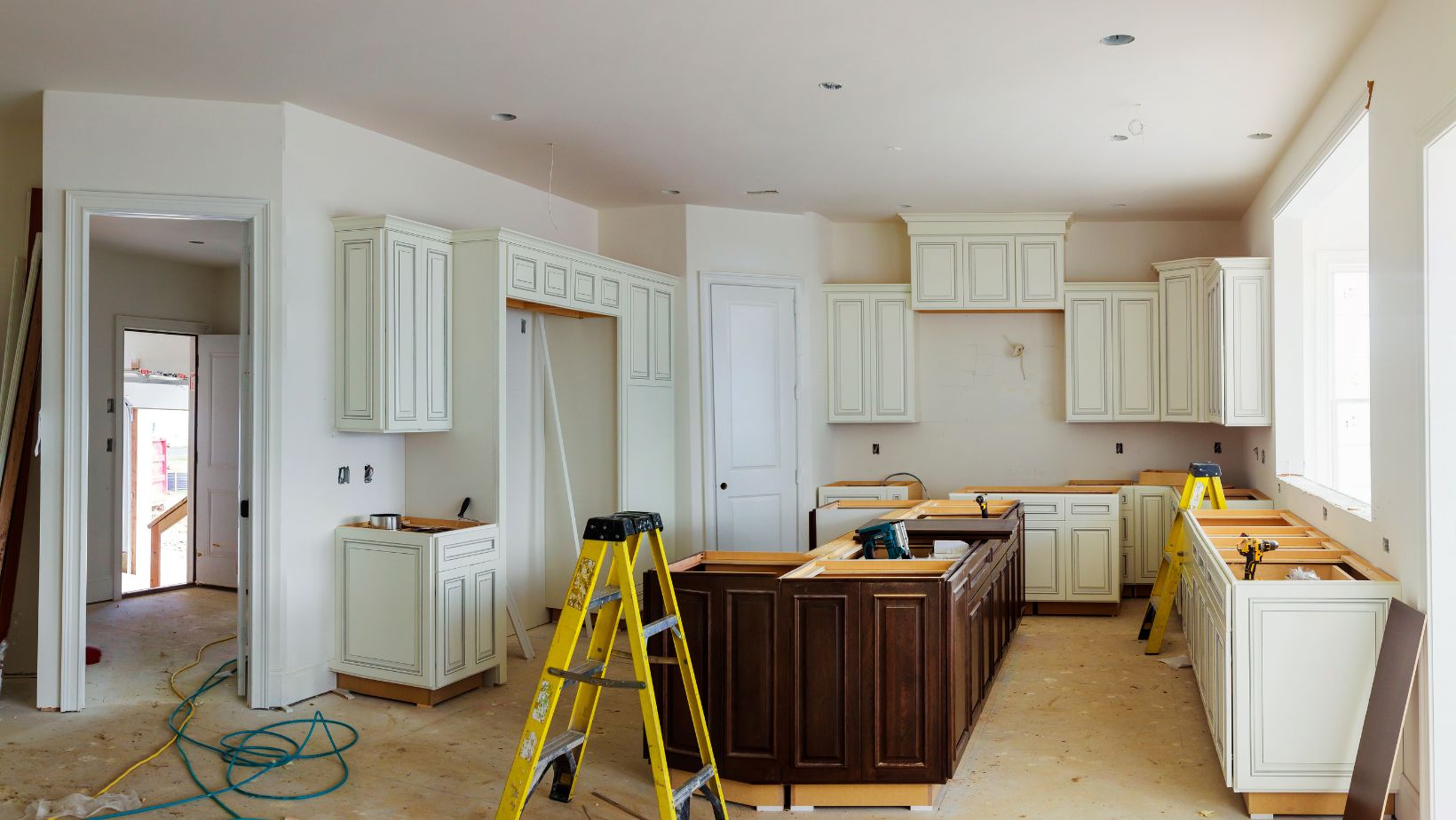Navigating the world of home insurance can feel overwhelming, especially when it comes to understanding premiums. Home insurance premiums are the costs homeowners pay to protect their property against unforeseen damages and liabilities. These premiums can vary significantly based on several factors, making it crucial for homeowners to grasp what influences these rates.
With the right knowledge, homeowners can make informed decisions to secure the best coverage at a reasonable price. From location and home value to credit scores and claims history, various elements play a role in determining how much one pays for their policy. By delving into the intricacies of home insurance premiums, homeowners can better prepare for the financial responsibilities of protecting their most valuable asset.
Table of Contents
ToggleUnderstanding Home Insurance Premium
Home insurance premiums represent the costs homeowners pay to protect their property against damages and liabilities. Several factors contribute to determining these premiums.
What Is Home Insurance Premium?
A home insurance premium is the amount paid, typically monthly or annually, for a home insurance policy. This payment secures coverage for financial losses due to risks like fire, theft, or natural disasters. The premium amount varies by policy, reflecting the level of coverage selected and the specific risks associated with the property.
Factors Influencing Home Insurance Premium
Several key factors influence home insurance premiums:
- Location: Proximity to fire stations, flood zones, and crime rates affect premium costs. Homes in safer areas often incur lower premiums.
- Home Value: Higher property values typically lead to higher premiums. The cost to rebuild the home plays a significant role in this calculation.
- Credit Score: Insurers may consider credit scores when determining premiums. Better credit scores generally result in lower premiums as they indicate financial responsibility.
- Claims History: A history of frequent claims can raise premiums. Insurers view a history of claims as a higher risk.
- Home Features: Features such as security systems, smoke detectors, and fire-resistant materials can lower premiums by reducing risk.
Understanding these factors helps homeowners anticipate premium amounts and make informed decisions about their coverage.
Types of Home Insurance Policies

Home insurance policies vary, offering different levels of protection and coverage. Understanding these types helps homeowners select the appropriate policy for their needs.
Basic Home Insurance
Basic home insurance, often known as a HO-1 policy, provides essential coverage against specific hazards. This type typically protects against perils like fire, theft, and vandalism. Coverage extends to the home structure, personal property, and liability for injuries on the property. However, it doesn’t cover natural disasters like floods or earthquakes. Basic home insurance suits homeowners seeking minimal coverage at a lower premium.
Comprehensive Home Insurance
Comprehensive home insurance, commonly referred to as a HO-3 policy, offers extensive protection for both the dwelling and personal belongings. This policy covers all perils except for specified exclusions, such as flooding or earthquakes. Comprehensive policies ensure coverage for damage caused by fire, storms, theft, and other risks. Additionally, it typically includes liability protection for injuries to others on the property. Homeowners who want a more robust safety net often prefer comprehensive home insurance, as it addresses a wider range of potential risks.
How to Calculate Home Insurance Premium
Calculating a home insurance premium involves several key factors that help determine the overall cost. Homeowners must assess their property, consider geographical risks, and evaluate additional security measures.
Assessing Home Value
Home value significantly affects the premium amount. Insurers consider the dwelling’s value, which includes the costs to rebuild the home and its contents. Homeowners should:
- Determine current market value using recent sales of comparable properties.
- Calculate replacement cost, which reflects expenses to reconstruct the home with similar materials and features.
- Update appraisals regularly, as market fluctuations can alter property values.
Considering Location and Risks
The location of the home plays a crucial role in premium calculations. Different geographical areas present various risk factors. Homeowners need to examine:
- Crime rates in the area, as higher crime levels may lead to increased premiums.
- Proximity to natural disaster zones, including flood zones or wildfire-prone regions.
- Availability and quality of local fire protection services, as better services may lower premiums.
By accurately assessing home value and considering location-specific risks, homeowners can better understand their potential insurance premiums and select the best coverage for their needs.
Tips for Lowering Home Insurance Premium
Homeowners can implement several strategies to reduce their home insurance premiums while maintaining adequate coverage.
Bundle Insurance Policies
Bundling multiple insurance policies often leads to substantial discounts. Homeowners can save by purchasing home insurance alongside auto or life insurance from the same provider. Many insurers offer 10% to 25% reductions on premiums for bundled policies. In addition to cost savings, bundling simplifies management by consolidating all policies under one company, making it easier to track payments and claims.
Improve Home Security
Enhancing home security significantly impacts insurance premiums. Installing security systems, smoke detectors, and deadbolts can lower the risk of theft or fire, prompting many insurers to offer discounts of 5% to 20%. Homeowners may also consider smart home features, such as surveillance cameras and alarm systems, as these can further decrease risks. Insurance companies often recognize upgrades by reducing premiums based on the increased safety measures.
Understanding home insurance premiums is crucial for homeowners looking to protect their property effectively. By recognizing the various factors that influence these costs such as location and home features, they can make informed decisions about their coverage. Exploring different policy types allows homeowners to choose the right level of protection that fits their needs and budget.
Moreover, implementing strategies to lower premiums while maintaining adequate coverage can lead to significant savings. Whether through bundling policies or enhancing home security, these steps can help homeowners secure the best rates. Ultimately, being proactive in managing home insurance can pave the way for financial peace of mind.







